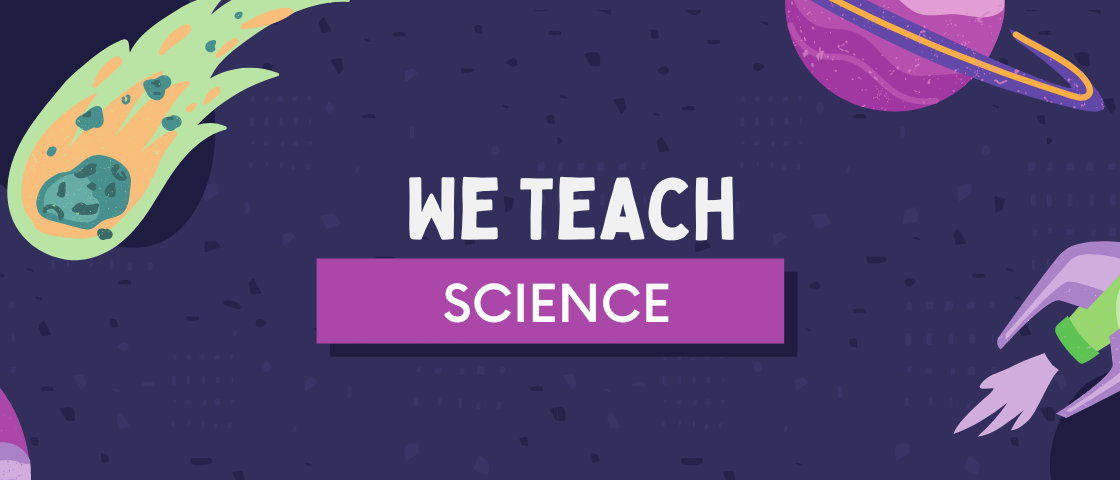Business Practices and Services To Elevate Your Company
Launching a small business is a great accomplishment, but it takes a lot of work to build a successful company. Many business owners make the mistake of thinking their enterprise will run itself and that all they have to do is get the ball rolling. Well, there’s nothing further from the truth.
The United States has the world’s best economy because it’s the most competitive, meaning the cream usually rises to the top. To build a successful brand, you have to constantly work to enhance your products and best practices to elevate your company. In this brief article, we’ll discuss some services and business operations that are essential to growing your enterprise.
Digital Marketing and SEO

One of the advantages large corporations have over small businesses is that they have a much larger marketing budget. However, the growth of digital marketing has leveled the playing field for businesses of all sizes, as it’s inexpensive and wildly effective. Indeed, you can create digital marketing campaigns for little to nothing, but creating engaging digital content that can rank high on search engine results pages is a skill that takes years to develop.
As we mentioned, you can market online for free, but without search engine optimization (SEO), your reach probably won’t extend far beyond your social media circle. SEO is a set of best practices and software tools that increase the online presence of companies. It involves optimizing their digital content to make it more appealing to search engines and increase their domain authority.
With the right SEO best practices, you can outshine large corporations in your local market. Birmingham is a city that supports its small businesses, and with local SEO, your business can rank higher in your region than large businesses that provide the same products and services.
Flagstone Search Marketing is an SEO company Birmingham should be proud of. Their content has been featured in some of the top publications in the world, and they’ve helped plenty of small enterprises like yours maximize their digital marketing efforts.
Presentation Design

One of the greatest needs for growing companies is capital. Attracting investors is vastly different from attracting new customers. Investors expect a thorough presentation to show them why they should infuse your enterprise with their money. You need to create engaging content that will show them why they should be excited to invest in your business, and regular old diagrams and pie charts won’t do it.
The best option when you need a presentation for potential investors is to outsource to project management or presentation design company. They can help you create templates for content using your brand colors and employ an online graph maker to create interactive infographics.
Data Science

Big data is one of the most powerful forces in the business world, so if you’re not using it, your business isn’t operating at its full potential. The right data science services can help your company turn raw data into insights that shape the way you do everything, from consuming energy to monitoring employee productivity.
Taking your company to the next level isn’t a one-shot deal—it’s a never-ending process. As a business owner, you should always be looking for ways to enhance your company’s best practices. Furthermore, you can’t build a great company alone, so using the right services is critical to your success.
Search engine optimization, presentation design, accounting, and data science are vital business operations. They require skills that take years to develop and hundreds of thousands of dollars to acquire. However, outsourcing means you only pay for the services you use, saving money and increasing your ROI. You can’t elevate your company overnight, but by outsourcing these services, you’ll be well on your way.

